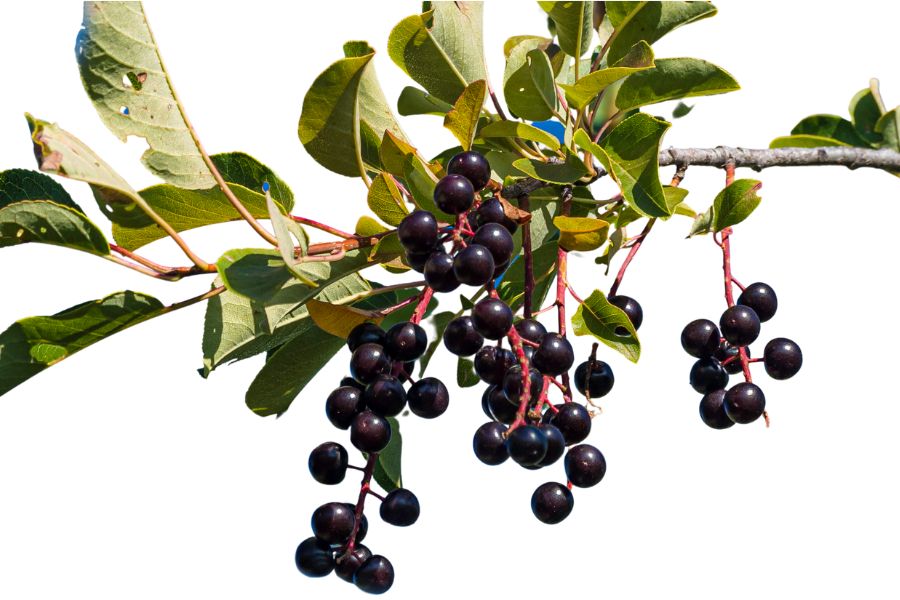Valuable edible plants grow all across Nebraska, from the wooded bluffs near the Missouri River to the high plains of the west. Wild strawberries still grow low and bright along meadow edges, and chokecherries line old fencelines with tart, dark fruit.
Even common cattails have parts you can harvest if you know which stages are best!
Some plants here offer only a short window for foraging, while others can be gathered across several months. Sunflowers aren’t just eye-catching—they have edible seeds and buds, and they grow all over the state.
And while many people think of morels in spring, there are other fungi that come later if you know where to check.
Learning how to recognize these plants means you can go home with more than just one or two ingredients. Nebraska’s edible plant diversity goes far beyond what most people expect. The key is knowing what to keep an eye out for, and when to be ready.
What We Cover In This Article:
- What Makes Foreageables Valuable
- Foraging Mistakes That Cost You Big Bucks
- The Most Valuable Forageables in the State
- Where to Find Valuable Forageables in the State
- When to Forage for Maximum Value
- The extensive local experience and understanding of our team
- Input from multiple local foragers and foraging groups
- The accessibility of the various locations
- Safety and potential hazards when collecting
- Private and public locations
- A desire to include locations for both experienced foragers and those who are just starting out
Using these weights we think we’ve put together the best list out there for just about any forager to be successful!
A Quick Reminder
Before we get into the specifics about where and how to find these plants and mushrooms, we want to be clear that before ingesting any wild plant or mushroom, it should be identified with 100% certainty as edible by someone qualified and experienced in mushroom and plant identification, such as a professional mycologist or an expert forager. Misidentification can lead to serious illness or death.
All plants and mushrooms have the potential to cause severe adverse reactions in certain individuals, even death. If you are consuming wild foragables, it is crucial to cook them thoroughly and properly and only eat a small portion to test for personal tolerance. Some people may have allergies or sensitivities to specific mushrooms and plants, even if they are considered safe for others.
The information provided in this article is for general informational and educational purposes only. Foraging involves inherent risks.
What Makes Foreageables Valuable
Some wild plants, mushrooms, and natural ingredients can be surprisingly valuable. Whether you’re selling them or using them at home, their worth often comes down to a few key things:
The Scarcer the Plant, the Higher the Demand
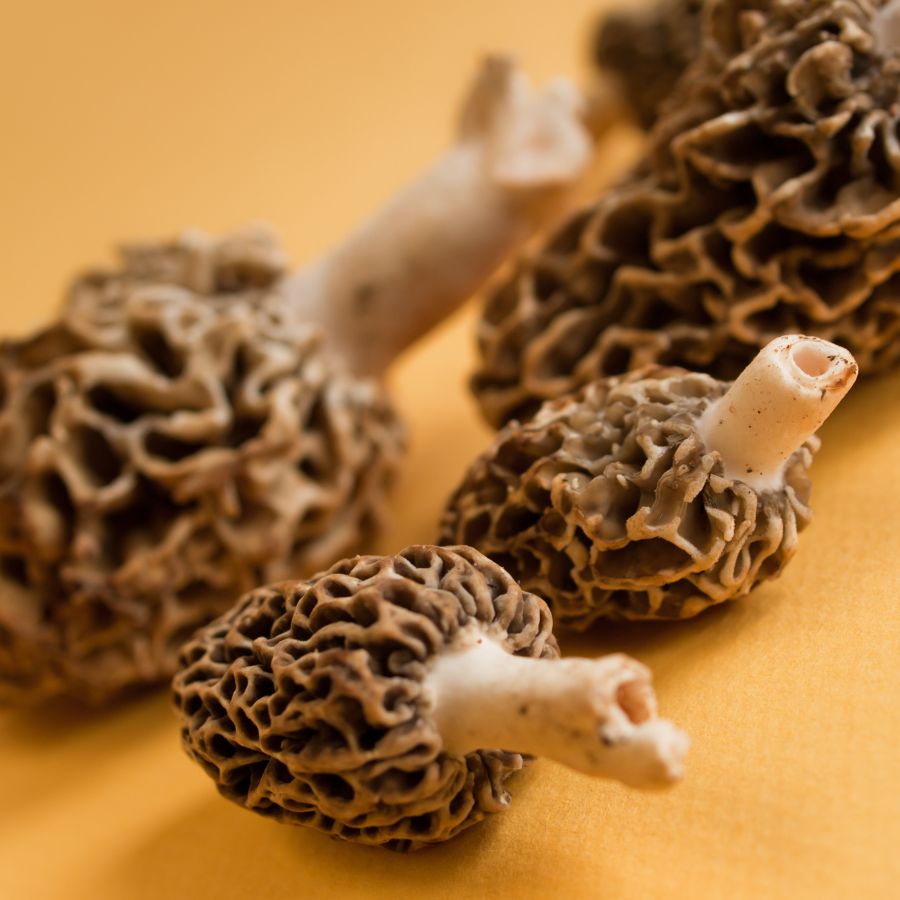
Some valuable forageables only show up for a short time each year, grow in hard-to-reach areas, or are very difficult to cultivate. That kind of rarity makes them harder to find and more expensive to buy.
Morels, truffles, and ramps are all good examples of this. They’re popular, but limited access and short growing seasons mean people are often willing to pay more.
A good seasonal foods guide can help you keep track of when high-value items appear.
High-End Dishes Boost the Value of Ingredients
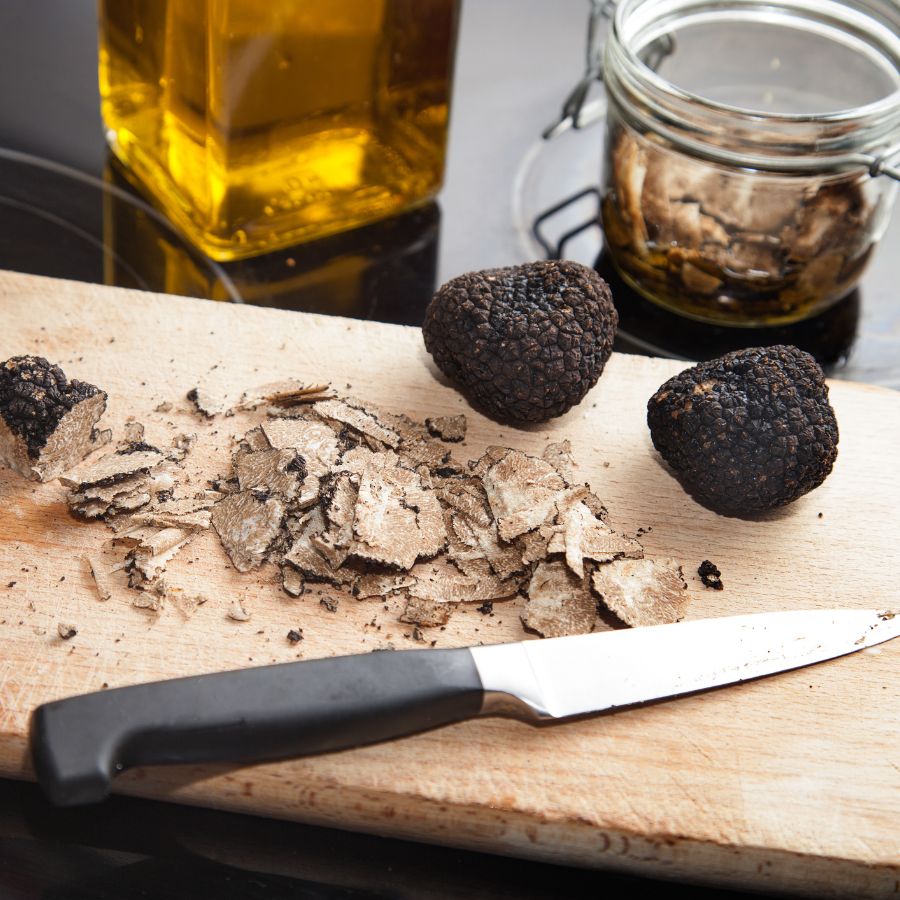
Wild ingredients that are hard to find in stores often catch the attention of chefs and home cooks. When something unique adds flavor or flair to a dish, it quickly becomes more valuable.
Truffles, wild leeks, and edible flowers are prized for how they taste and look on a plate. As more people try to include them in special meals, the demand—and the price—tends to rise.
You’ll find many of these among easy-to-identify wild mushrooms or herbs featured in fine dining.
Medicinal and Practical Uses Drive Forageable Prices Up
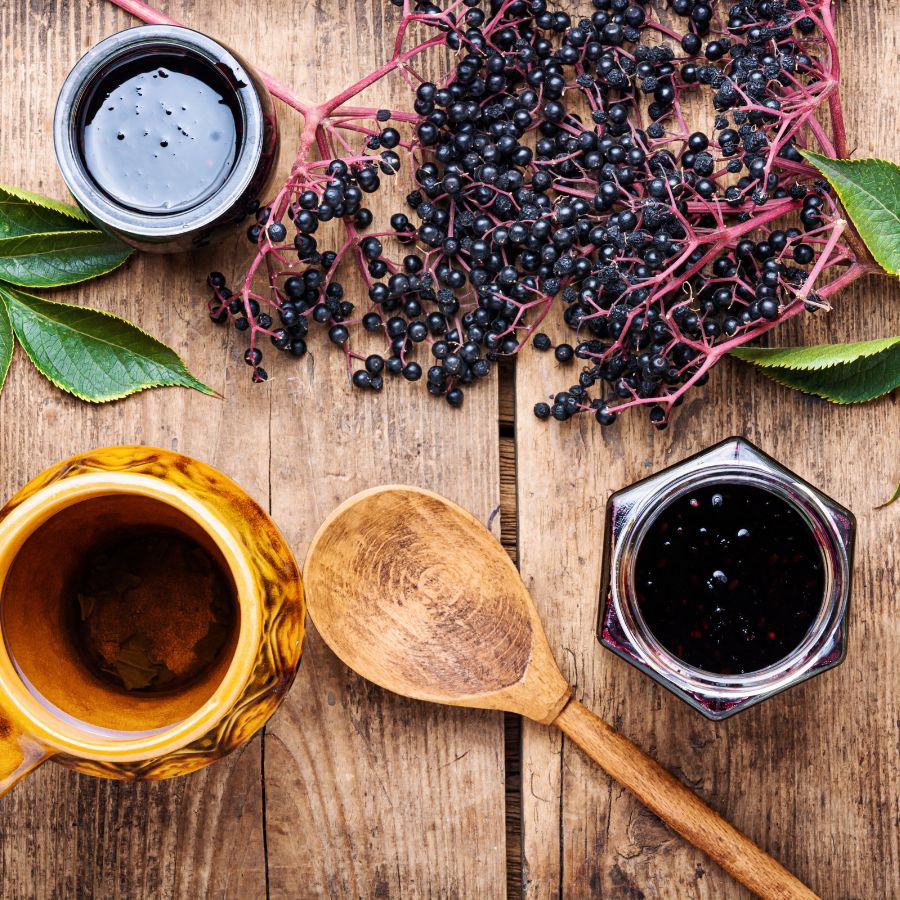
Plants like ginseng, goldenseal, and elderberries are often used in teas, tinctures, and home remedies. Their value comes from how they support wellness and are used repeatedly over time.
These plants are not just ingredients for cooking. Because people turn to them for ongoing use, the demand stays steady and the price stays high.
The More Work It Takes to Harvest, the More It’s Worth
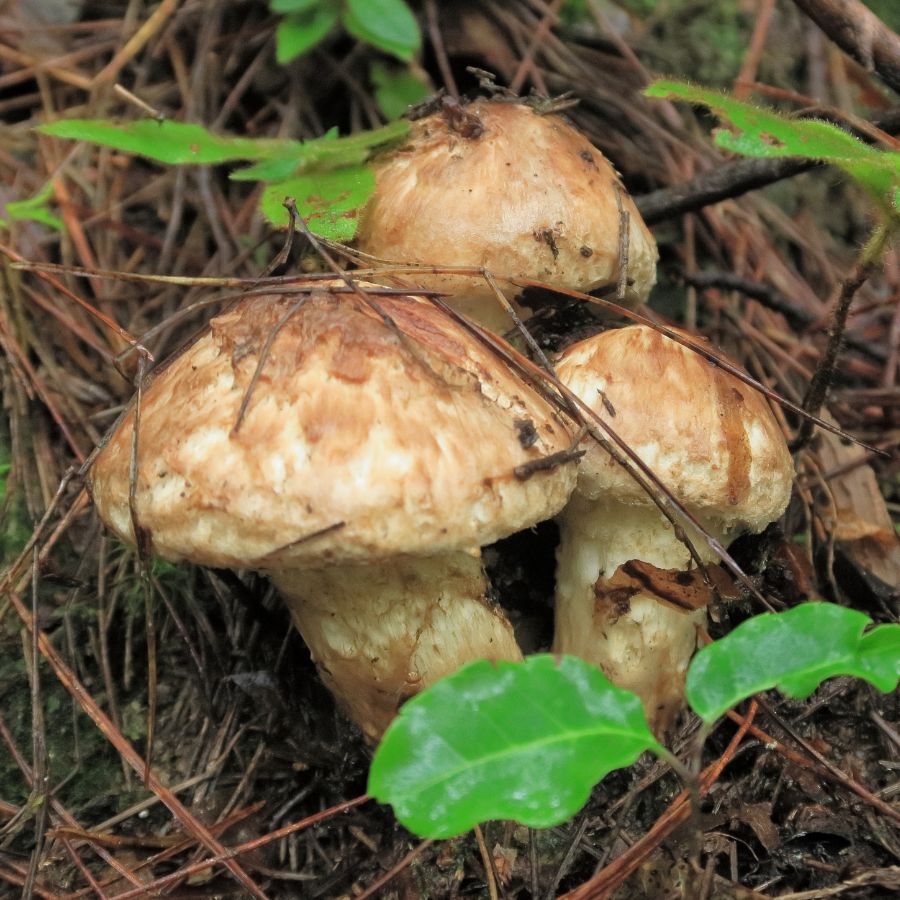
Forageables that are hard to reach or tricky to harvest often end up being more valuable. Some grow in dense forests, need careful digging, or have to be cleaned and prepared before use.
Matsutake mushrooms are a good example, because they grow in specific forest conditions and are hard to spot under layers of leaf litter. Wild ginger and black walnuts, meanwhile, both require extra steps for cleaning and preparation before they can be used or sold.
All of that takes time, effort, and experience. When something takes real work to gather safely, buyers are usually willing to pay more for it.
Foods That Keep Well Are More Valuable to Buyers
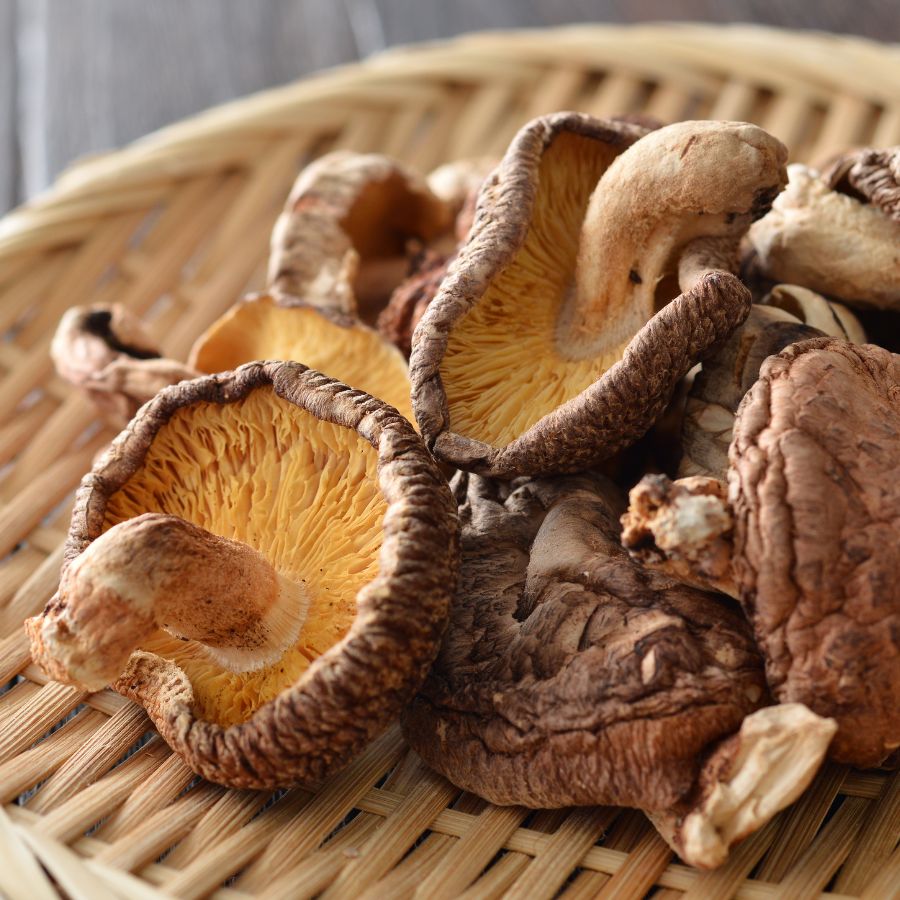
Some forageables, like dried morels or elderberries, can be stored for months without losing their value. These longer-lasting items are easier to sell and often bring in more money over time.
Others, like wild greens or edible flowers, have a short shelf life and need to be used quickly. Many easy-to-identify wild greens and herbs are best when fresh, but can be dried or preserved to extend their usefulness.
A Quick Reminder
Before we get into the specifics about where and how to find these mushrooms, we want to be clear that before ingesting any wild mushroom, it should be identified with 100% certainty as edible by someone qualified and experienced in mushroom identification, such as a professional mycologist or an expert forager. Misidentification of mushrooms can lead to serious illness or death.
All mushrooms have the potential to cause severe adverse reactions in certain individuals, even death. If you are consuming mushrooms, it is crucial to cook them thoroughly and properly and only eat a small portion to test for personal tolerance. Some people may have allergies or sensitivities to specific mushrooms, even if they are considered safe for others.
The information provided in this article is for general informational and educational purposes only. Foraging for wild mushrooms involves inherent risks.
Foraging Mistakes That Cost You Big Bucks
When you’re foraging for high-value plants, mushrooms, or other wild ingredients, every decision matters. Whether you’re selling at a farmers market or stocking your own pantry, simple mistakes can make your harvest less valuable or even completely worthless.
Harvesting at the Wrong Time
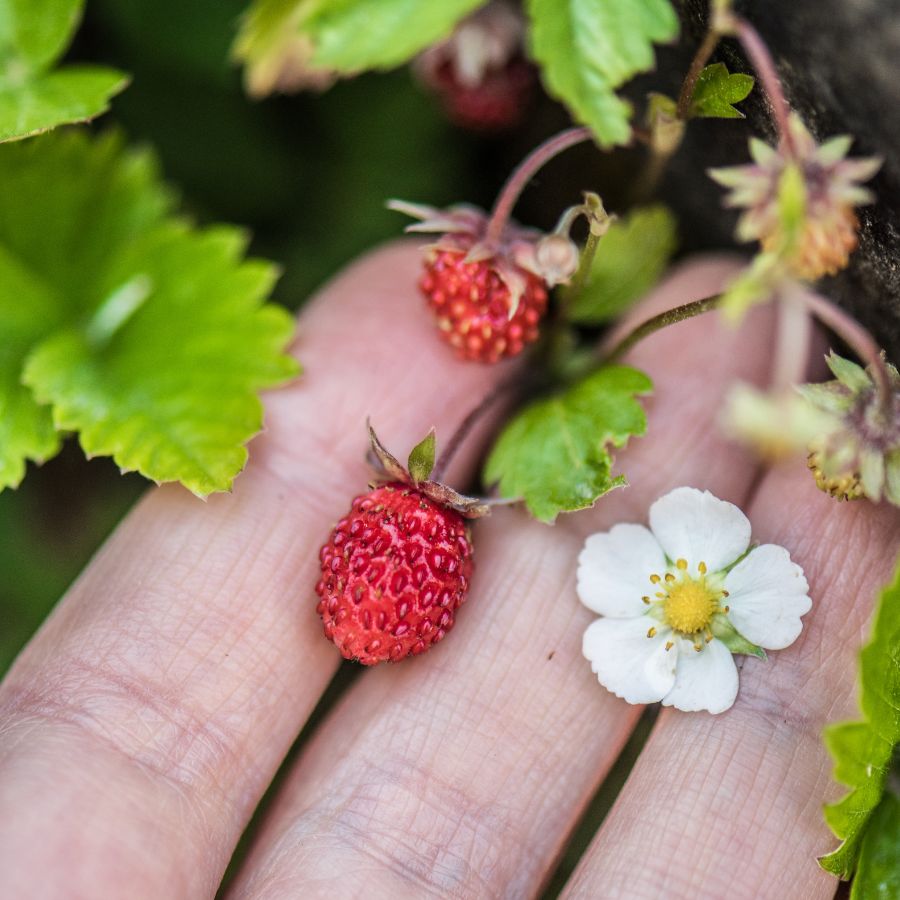
Harvesting at the wrong time can turn a valuable find into something no one wants. Plants and mushrooms have a short window when they’re at their best, and missing it means losing quality.
Morels, for example, shrink and dry out quickly once they mature, which lowers their weight and price. Overripe berries bruise in the basket and spoil fast, making them hard to store or sell.
Improper Handling After Harvest
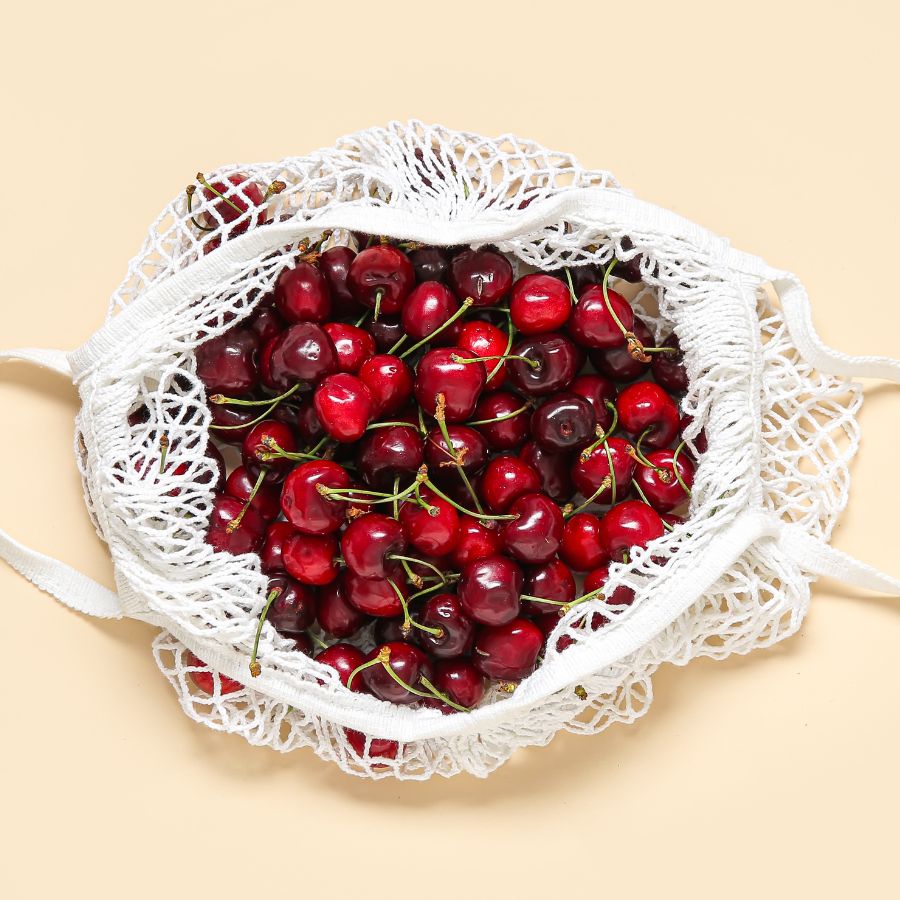
Rough handling can ruin even the most valuable forageables. Crushed mushrooms, wilted greens, and dirty roots lose both their appeal and their price.
Use baskets or mesh bags to keep things from getting smashed and let air circulate. Keeping everything cool and clean helps your harvest stay fresh and look better for longer.
This is especially important for delicate items like wild roots and tubers that need to stay clean and intact.
Skipping Processing Steps
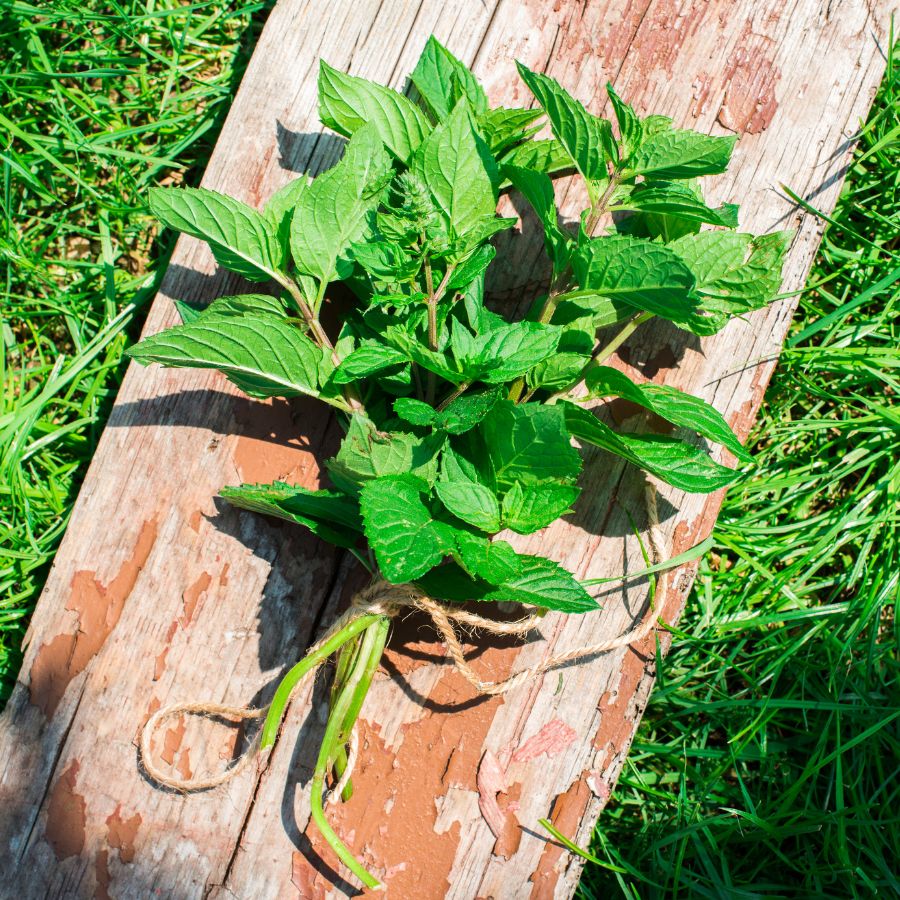
Skipping basic processing steps can cost you money. A raw harvest may look messy, spoil faster, or be harder to use.
For example, chaga is much more valuable when dried and cut properly. Herbs like wild mint or nettle often sell better when bundled neatly or partially dried. If you skip these steps, you may end up with something that looks unappealing or spoils quickly.
Collecting from the Wrong Area
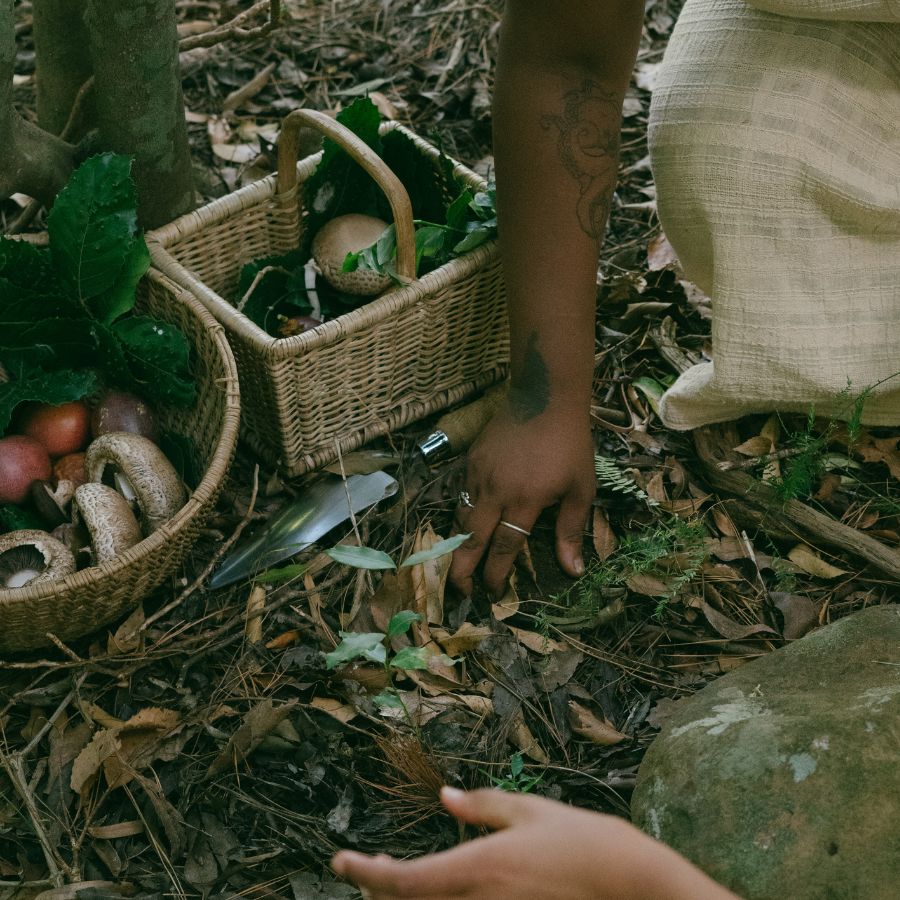
Harvesting in the wrong place can ruin a good find. Plants and mushrooms pulled from roadsides or polluted ground may be unsafe, no matter how fresh they look.
Buyers want to know their food comes from clean, responsible sources. If a spot is known for overharvesting or damage, it can make the whole batch less appealing.
These suburbia foraging tips can help you find overlooked spots that are surprisingly safe and productive.
Not Knowing the Market
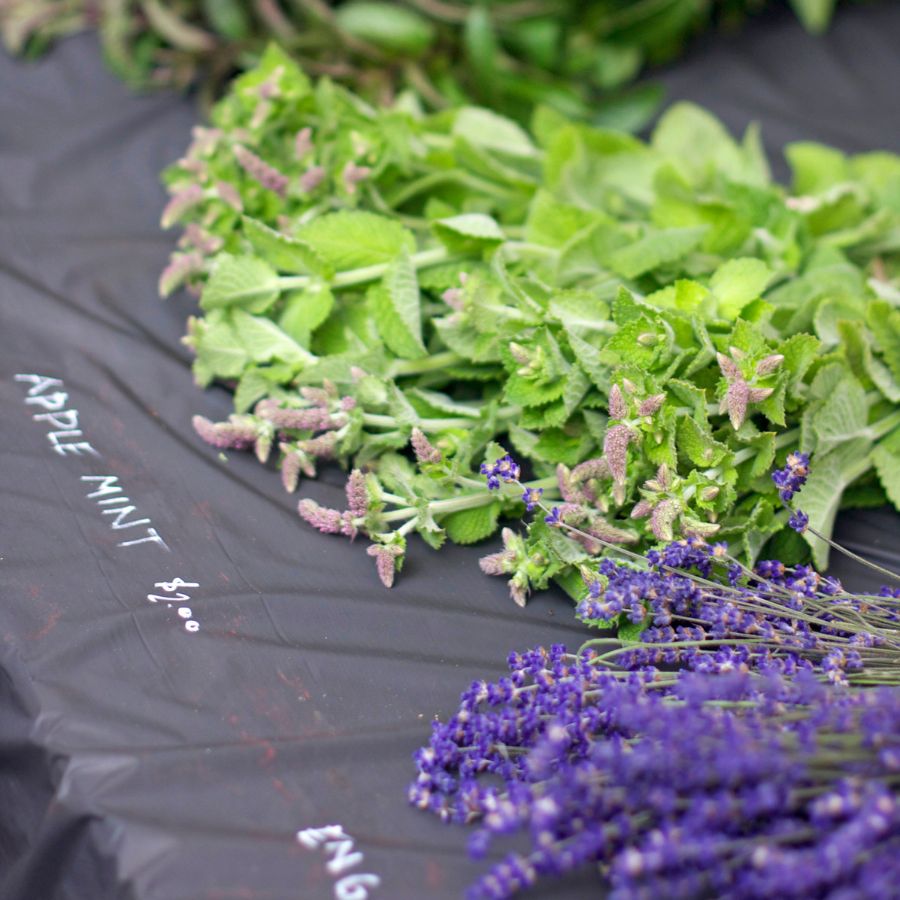
A rare plant isn’t valuable if nobody wants to buy it. If you gather in-demand species like wild ramps or black trumpets, you’re more likely to make a profit. Pay attention to what chefs, herbalists, or vendors are actually looking for.
Foraging with no plan leads to wasted effort and unsold stock. Keeping up with demand helps you bring home a profit instead of a pile of leftovers.
You can also brush up on foraging for survival strategies to identify the most versatile and useful wild foods.
Before you head out
Before embarking on any foraging activities, it is essential to understand and follow local laws and guidelines. Always confirm that you have permission to access any land and obtain permission from landowners if you are foraging on private property. Trespassing or foraging without permission is illegal and disrespectful.
For public lands, familiarize yourself with the foraging regulations, as some areas may restrict or prohibit the collection of mushrooms or other wild foods. These regulations and laws are frequently changing so always verify them before heading out to hunt. What we have listed below may be out of date and inaccurate as a result.
The Most Valuable Forageables in the State
Some of the most sought-after wild plants and fungi here can be surprisingly valuable. Whether you’re foraging for profit or personal use, these are the ones worth paying attention to:
Morel Mushroom (Morchella spp.)
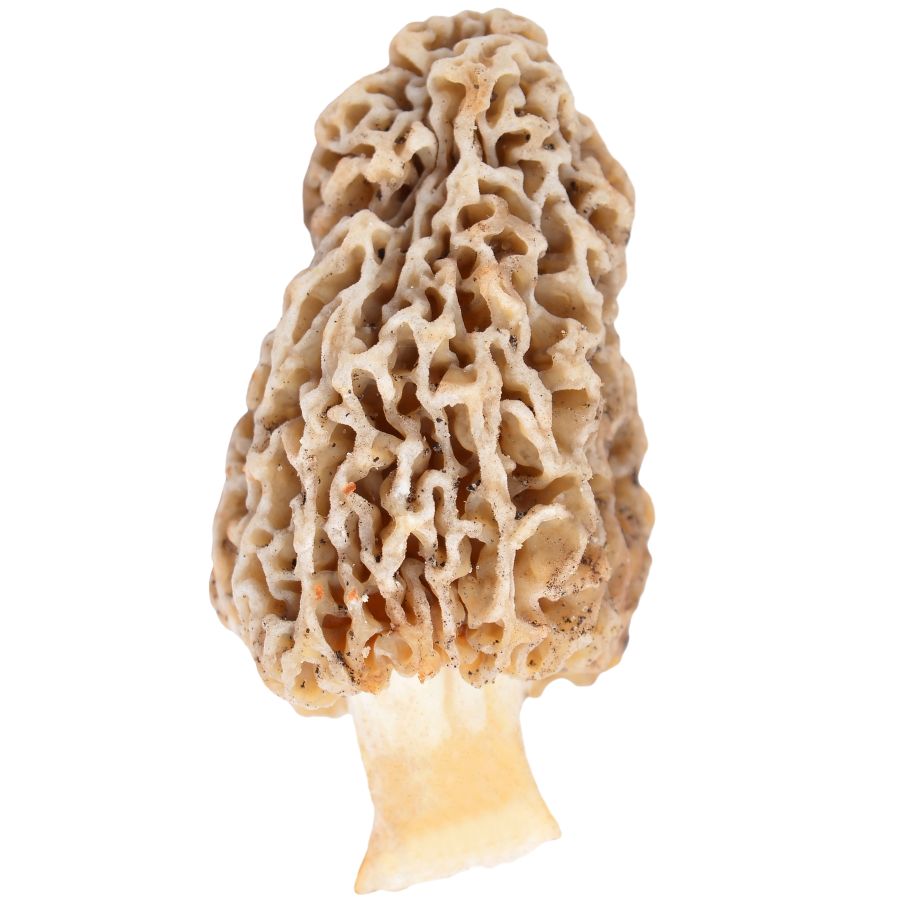
Morel mushrooms have a honeycomb-like surface with deep pits and ridges. The cap is fully attached to the stem, which helps set them apart from dangerous lookalikes like false morels that often have wrinkled, lobed caps and loose or cottony interiors.
The rich, nutty flavor and slightly chewy texture make morels a favorite in high-end kitchens. Many people sauté them in butter, stuff them, or dry them for later use because they hold their flavor extremely well.
Always cook morels thoroughly because raw ones can cause stomach upset, even when they look perfectly normal.
Morels are highly prized by chefs and home cooks, sometimes selling for over $50 per pound fresh and even more when dried.
Part of what makes morels so valuable is how hard they are to cultivate and find. They often grow in specific, unpredictable places, and their short harvesting window drives up both the demand and the price.
Chicken of the Woods (Laetiporus sulphureus)
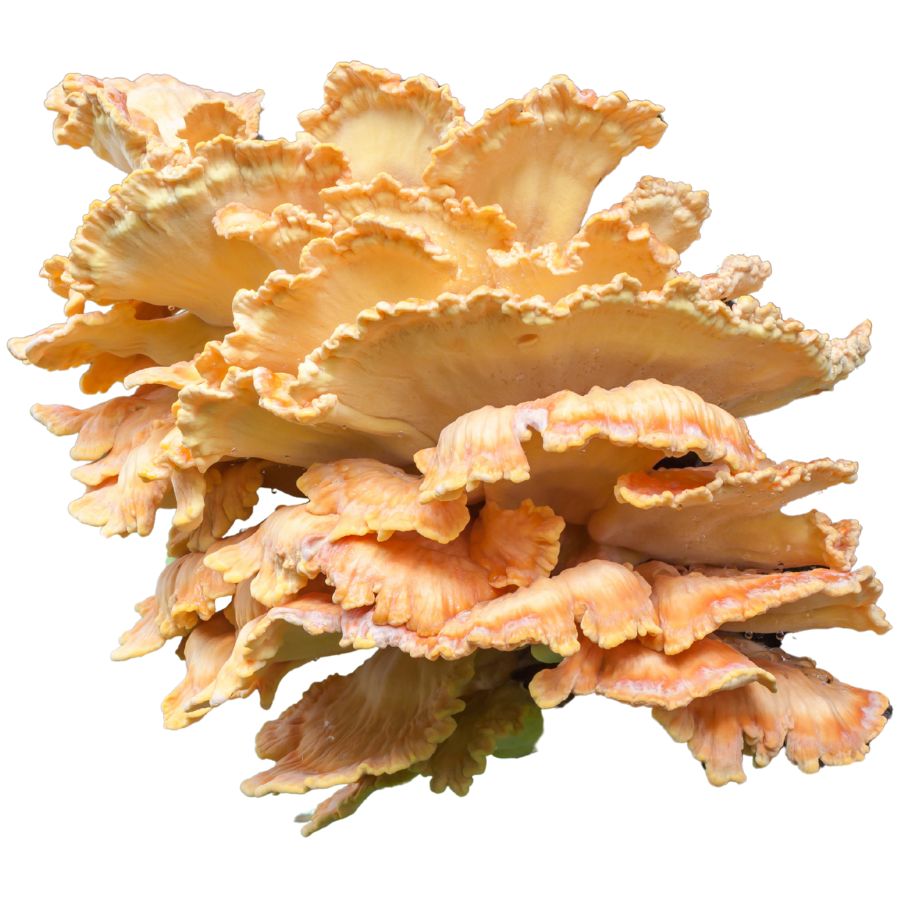
Chicken of the woods, also called sulfur shelf, grows in thick, shelf-like clusters with bright orange tops and yellow undersides. It develops on hardwood trees and fallen logs, forming a dense and slightly spongy mass.
Only the soft outer edges are typically eaten, while the older inner parts become tough and unpleasant. Its texture is meaty and chewy, and many people say it tastes a lot like chicken.
This mushroom doesn’t have gills and instead features tiny pores underneath, which helps separate it from toxic lookalikes like the jack-o’-lantern mushroom. The jack-o’-lantern has gills and glows faintly in the dark, which chicken of the woods does not.
Chicken of the woods is often sautéed, fried, or frozen for later, and can fetch a decent price at markets when fresh and tender. Just be careful—some people have reported mild stomach upset, especially when it’s harvested from conifers.
Elderberry (Sambucus canadensis)
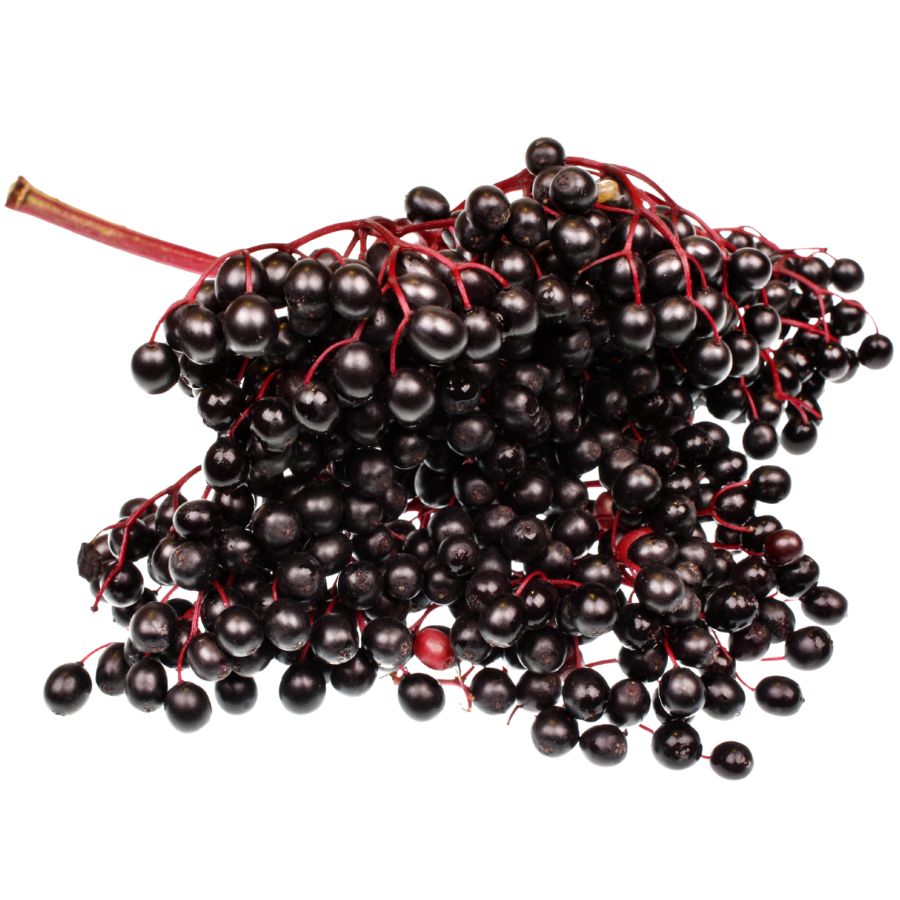
For centuries, elderberries have been gathered not just for food, but for making home remedies prized across the Southwest. Also called Mexican elder and tapiro, elderberry grows as a sprawling bush or small tree with clusters of tiny white flowers that turn into dusty blue-black berries.
There are toxic lookalikes you need to watch for, especially red elderberry, which has round clusters of bright red fruit. Elderberries grow in flatter, broader clusters and have a softer, more powdery appearance when ripe.
The berries have a deep, earthy flavor with a tart edge, and are usually cooked into jams, syrups, and baked goods to bring out their richness.
Make sure to avoid eating the raw berries, seeds, bark, or leaves because they can cause nausea unless they are properly cooked.
This plant stays valuable because the berries are used heavily in teas, tinctures, and syrups that people rely on for wellness, driving steady demand. Elderberries can also be dried and stored for months, making it even more profitable compared to foods that spoil quickly.
Black Walnut (Juglans nigra)
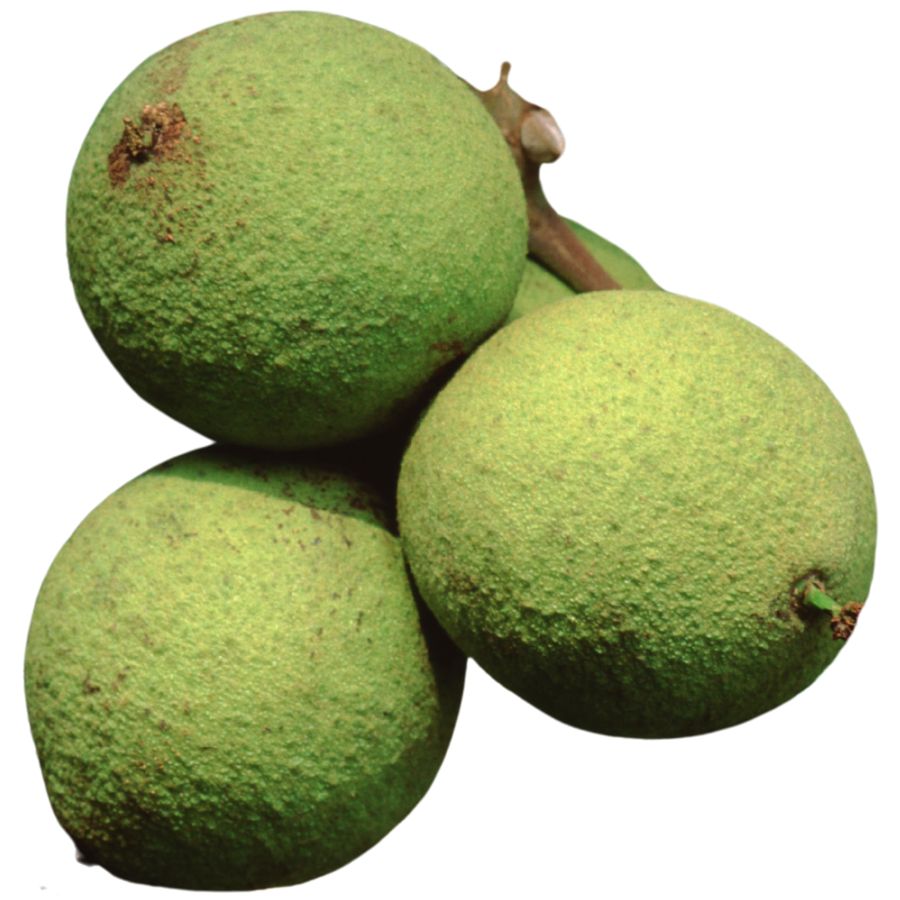
Black walnut grows a nut that’s prized for its strong, musky flavor and crunchy texture. The inner shell is extremely hard and often needs to be cracked with a vise or hammer to reach the oily, wrinkled seed inside.
Its nuts are most often roasted, chopped into desserts, or used in meat rubs and dressings. They’re also one of the few foraged tree nuts that can be stored long-term with very little processing.
The outer green husks leave a dark stain when bruised or broken open, and the nut itself is hidden inside a thick shell. While the fruit of the tree may resemble buckeye at first glance, black walnut leaves have a different shape and pattern, and buckeye seeds are toxic.
Prices stay high because harvesting takes time and experience, and the trees don’t lend themselves easily to large-scale production. Foragers and specialty food makers often pay a premium for wild black walnuts with intense flavor.
American Plum (Prunus americana)
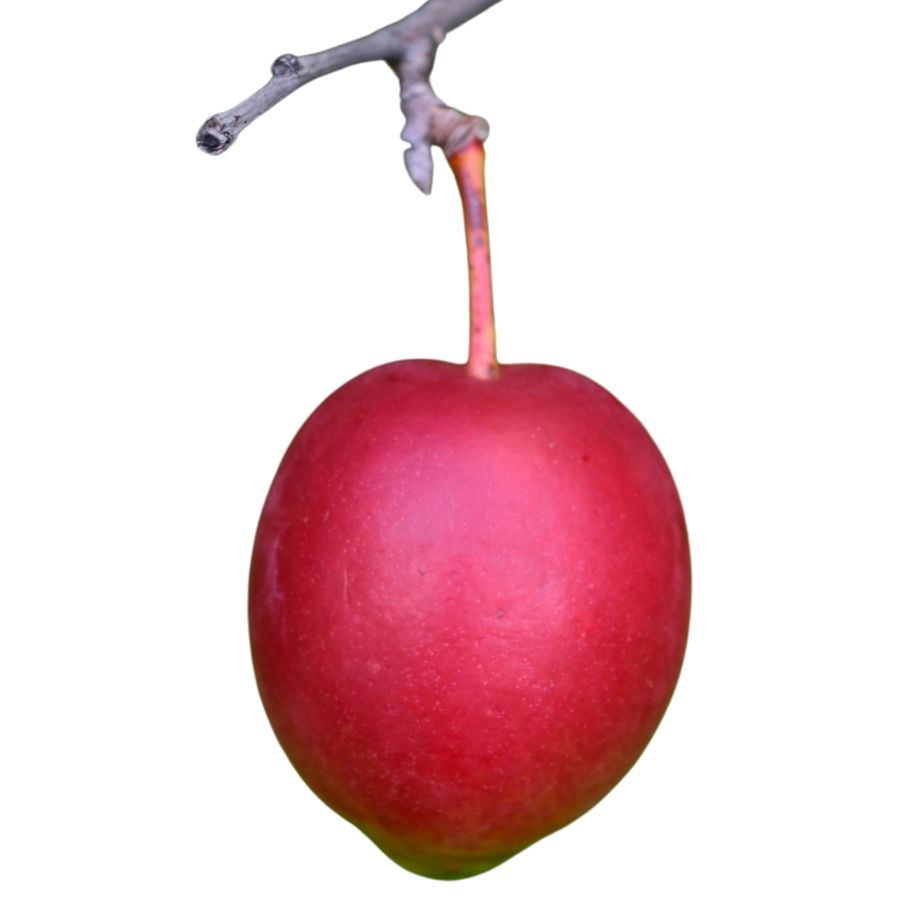
American plums grow on small trees and produce fruit that ranges from deep red to bluish-purple with a waxy coating. The skin is tart and a little astringent, but the flesh inside is sweet, soft, and juicy when fully ripe.
You can eat the fruit fresh, but it’s more often cooked down into jelly, jam, or syrup. The pits are not edible and should always be discarded.
Some cherry species grow in similar clusters, but cherries tend to be smaller, rounder, and darker with smoother bark. American plum leaves also have a rough texture that helps separate them from other lookalikes.
These plums are valuable in small markets, especially when turned into preserves or wine. Individual trees can yield a good harvest, but the fruit is delicate and doesn’t store long.
Chokecherry (Prunus virginiana)

The fruit of chokecherry, also called bitter-berry or Virginia bird cherry, grows in dense clusters and ripens to a deep purple-black color. Its puckering taste is balanced out when cooked into jellies, syrups, or wine.
You can eat the skin and pulp, but the large pit inside contains toxic compounds and should never be consumed raw. Even the leaves and stems can be harmful if ingested.
Chokecherry has a tart, astringent flavor when fresh, but that changes entirely once heat and sugar are added. The texture softens nicely in jams and fruit leather.
The plant’s value comes from both its culinary uses and the fact that it grows abundantly in the wild. While not particularly high-priced, the fruits can still bring a decent return when sold in processed form.
Jerusalem Artichoke (Helianthus tuberosus)
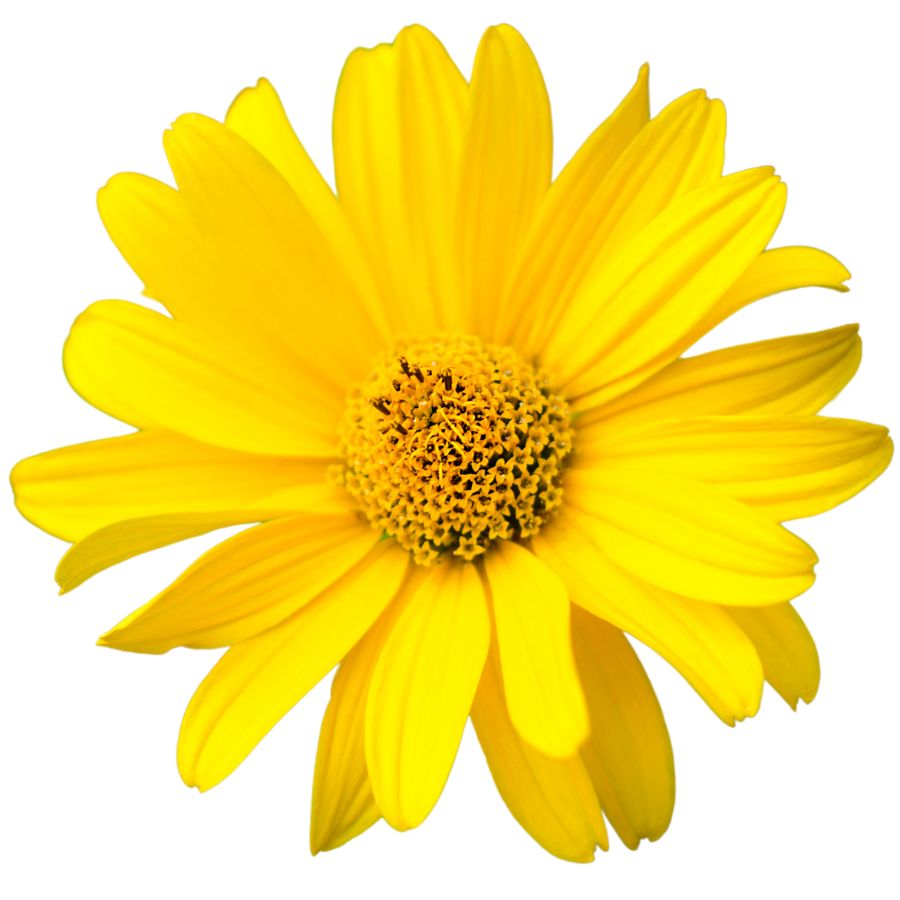
The Jerusalem artichoke is a sunflower relative that grows tall with bright yellow blooms and knobby, potato-like tubers underground. Its underground part is what you eat, while the stems, leaves, and flowers are best left alone.
What makes the tubers interesting is their crisp texture when raw and a nutty, slightly sweet flavor when cooked. They’re often roasted, pureed into soups, or sliced thin for chips.
Some wild sunflowers can look similar, but they don’t form the same type of tubers. If you’re not digging up a bumpy, tan root shaped like ginger, you’re not looking at the right plant.
People value Jerusalem artichokes for their culinary versatility and as a low-starch alternative to potatoes. They sell for a decent price at specialty grocers and farmers markets, especially when freshly dug.
Stinging Nettle (Urtica dioica)

Stinging nettle, also called burn nettle or common nettle, is a leafy green covered in tiny needle-like hairs that deliver a sting. These hairs can irritate your skin, but cooking the plant completely removes that problem.
Only the top few inches of the plant are harvested for food, usually while the stems are still tender. After boiling or steaming, the leaves taste mildly herbal and have a texture similar to cooked kale.
It’s easy to confuse stinging nettle with lookalikes like wood nettle or false nettle, but the key difference is how aggressively stinging nettle reacts when touched. If you brush against it and feel a sharp tingling burn, it’s the real thing.
Fresh nettles are sold at some farmers markets and herb shops, though their value mostly comes from their nutritional punch and culinary versatility. They’re often used in soups, pestos, and green purées where other leafy greens might wilt too quickly.
Lamb’s Quarters (Chenopodium album)
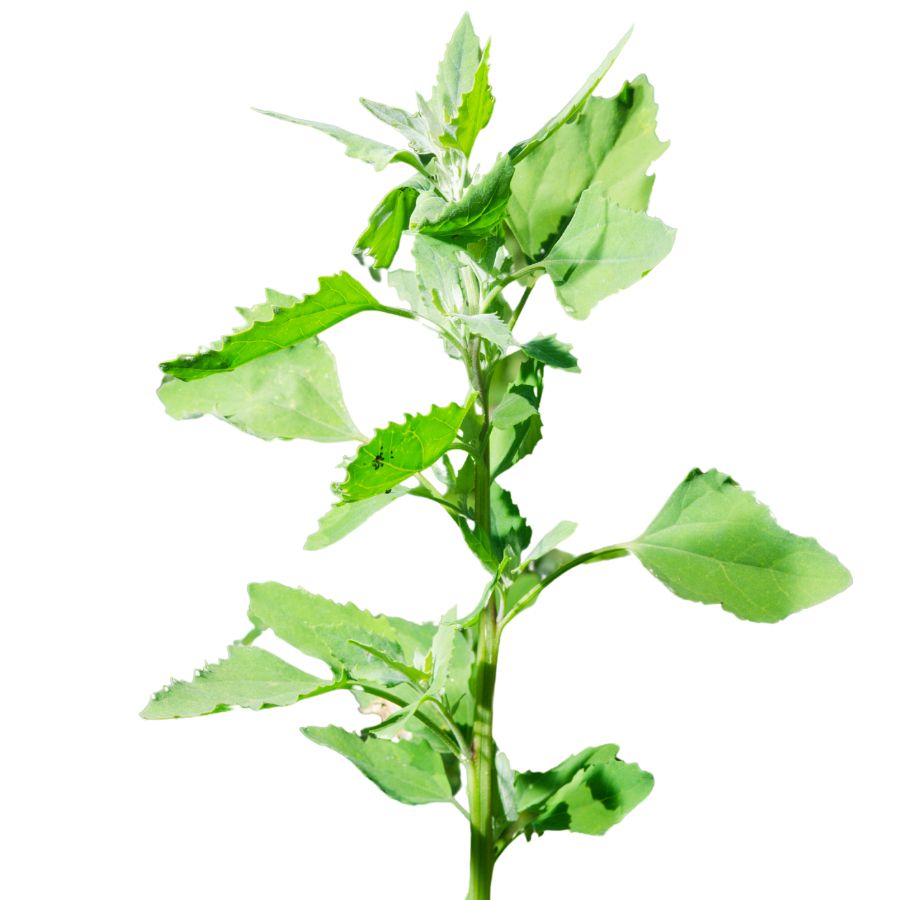
Lamb’s quarters has soft, gray-green leaves that are shaped like goose feet and often carry a light powdery coating. You can eat the young leaves and tender shoots raw or cooked, but the seeds are also edible if prepared properly.
The leaves have a mild, spinach-like flavor and are often sautéed or tossed into soups and stews. While the plant is nutritious, with high levels of vitamins A and C, it also contains oxalates, so it’s best not to overdo it.
Some of the lookalikes include epazote and young pigweed, but lamb’s quarters usually has a whitish bloom on the underside of its leaves. It grows in disturbed soils and gardens, often right alongside crops.
Its seeds have been used as a grain and are rich in protein, though collecting them is time-consuming. The plant itself isn’t sold at high prices, but it’s valuable as a free, nutrient-dense green.
Curly Dock (Rumex crispus)
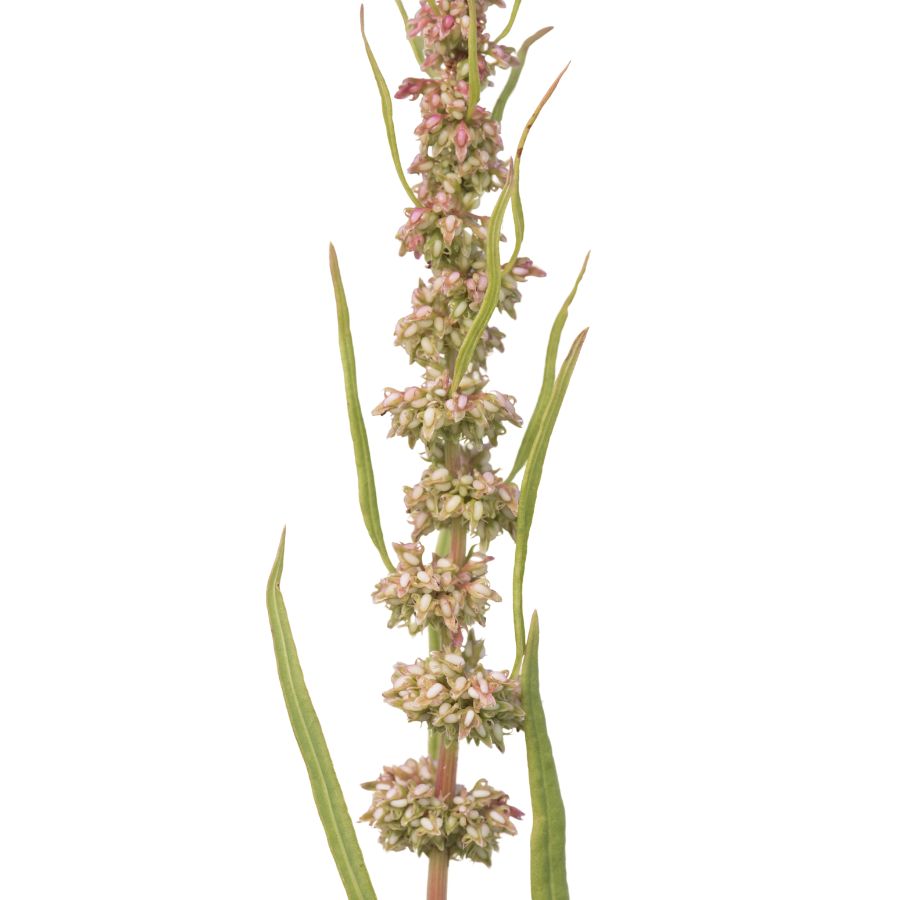
Curly dock grows in a tall, upright cluster with narrow, wavy-edged leaves and a deep taproot. You’ll often see the older seed stalks turn a rusty brown and remain standing even after the leaves die back.
The leaves are edible when young, with a tart, lemony flavor and a slightly chewy texture once cooked. Most people boil them in a few changes of water or sauté them like spinach.
You can also harvest the seeds, which look like small, papery brown hulls along the dried stalks. They’re edible too, but gritty and often ground into flour to mix with other grains.
Some dock species aren’t as palatable or safe, especially ones with broader leaves or harsh, acrid sap. Curly dock is generally safe in moderation, but it does contain oxalates, so it’s not a good idea to eat it in large quantities every day.
Wild Mint (Mentha arvensis)

The flavor of wild mint is cool, clean, and slightly peppery, especially when the leaves are freshly crushed. Most people use the leaves, but the young stems are edible too when finely chopped.
Wild mint grows low to the ground and produces small, pale purple flowers along the stem. Its most common lookalike is American pennyroyal, which has a similar shape but a much harsher, almost medicinal smell and is toxic in large amounts.
You can dry the leaves for tea or candy them for baking projects, but they’re also good tossed into salads straight from the field. The texture is soft, almost velvety, with a satisfying chew when fresh.
It doesn’t sell for much in bulk, but its value lies in how much use you can get from a small batch. If you’re preserving herbs for your own pantry, it’s one of the best native mints to have on hand.
Sunflower (Helianthus annuus)
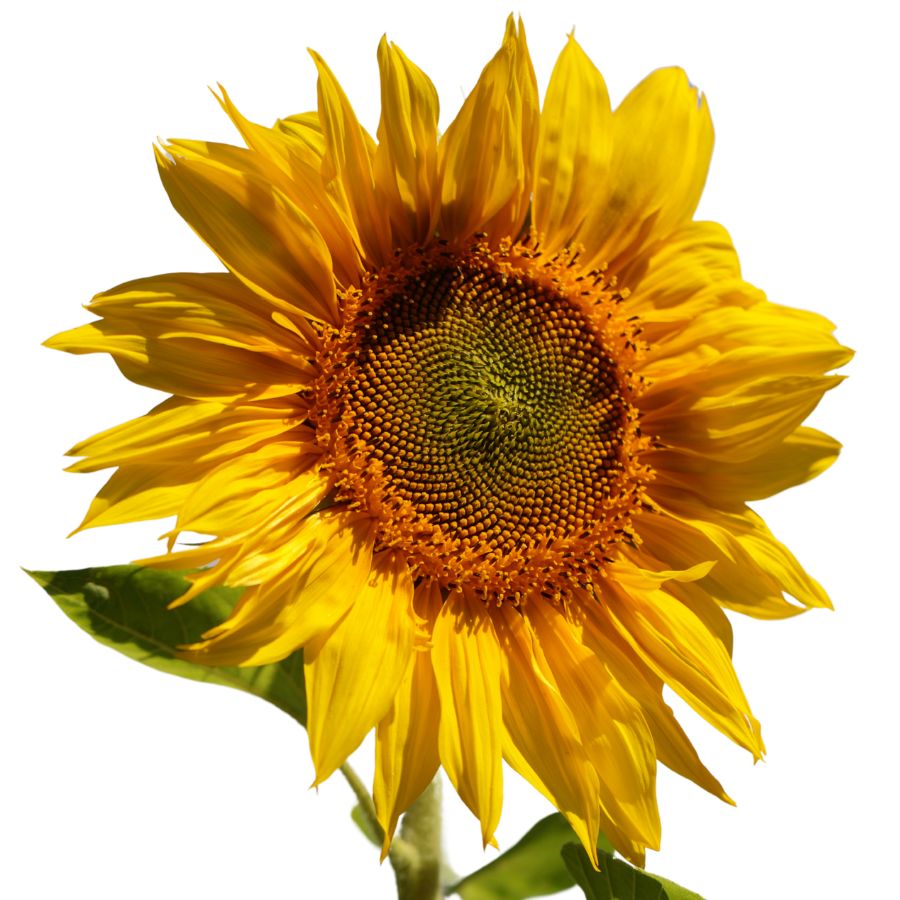
The tall, bright blooms of the sunflower aren’t just ornamental—this plant offers edible seeds with a mild, nutty flavor and a tender crunch when roasted. You can eat the seeds raw, toasted, or ground into sunflower butter, and they’re also pressed for oil that’s widely used in cooking.
What makes sunflower seeds valuable is their high oil content and protein, making them both nutritious and commercially important. The seeds can sell for a good price, especially in large-scale production or organic markets.
While the seeds and sprouts are edible, you should avoid the leaves and stalks, which are too fibrous and bitter to be useful. The seed head itself is also too tough to eat once matured.
Wild sunflower varieties do have some lookalikes, including certain types of daisies or ragweed, but only sunflowers produce large, seed-packed heads with thick, bristly centers. If you’re unsure, cracking open a flower head to check for developing seeds is a reliable indicator.
Cattail (Typha latifolia)
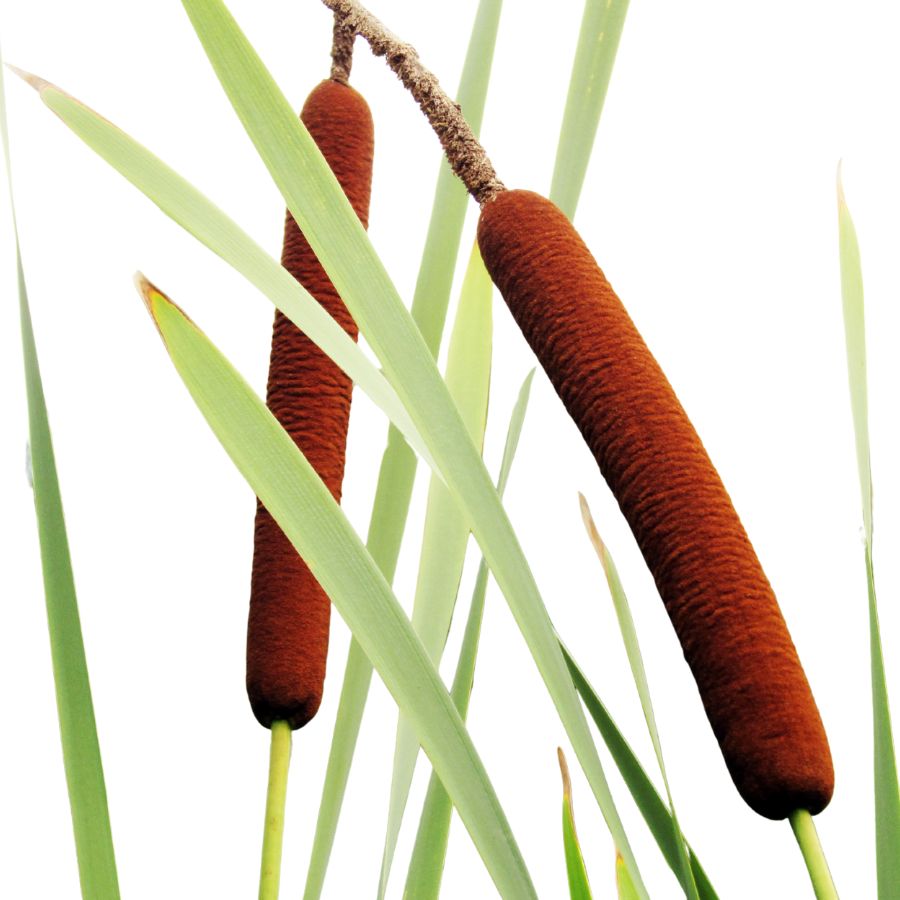
Cattails grow tall in shallow water and feature long, narrow leaves with brown, sausage-like flower heads that help identify them. You can eat the tender shoots, the young green flower spikes, and the starchy rhizomes underground.
The shoots are often compared to cucumbers or hearts of palm and can be used raw in salads. The flower spikes are more enjoyable when steamed or boiled before they toughen.
Rhizomes have more calories than the rest of the plant, but they’re fibrous and need to be cooked or processed into flour to be useful. Avoid picking anything that looks similar but lacks the brown flower head—iris and other lookalikes can be harmful if ingested.
Cattails aren’t sold for much commercially, but their abundance and the number of usable parts make them a solid wild food source. Foragers value them for how much food they provide from one plant, even if they won’t fetch a high price.
Wild Strawberry (Fragaria virginiana)
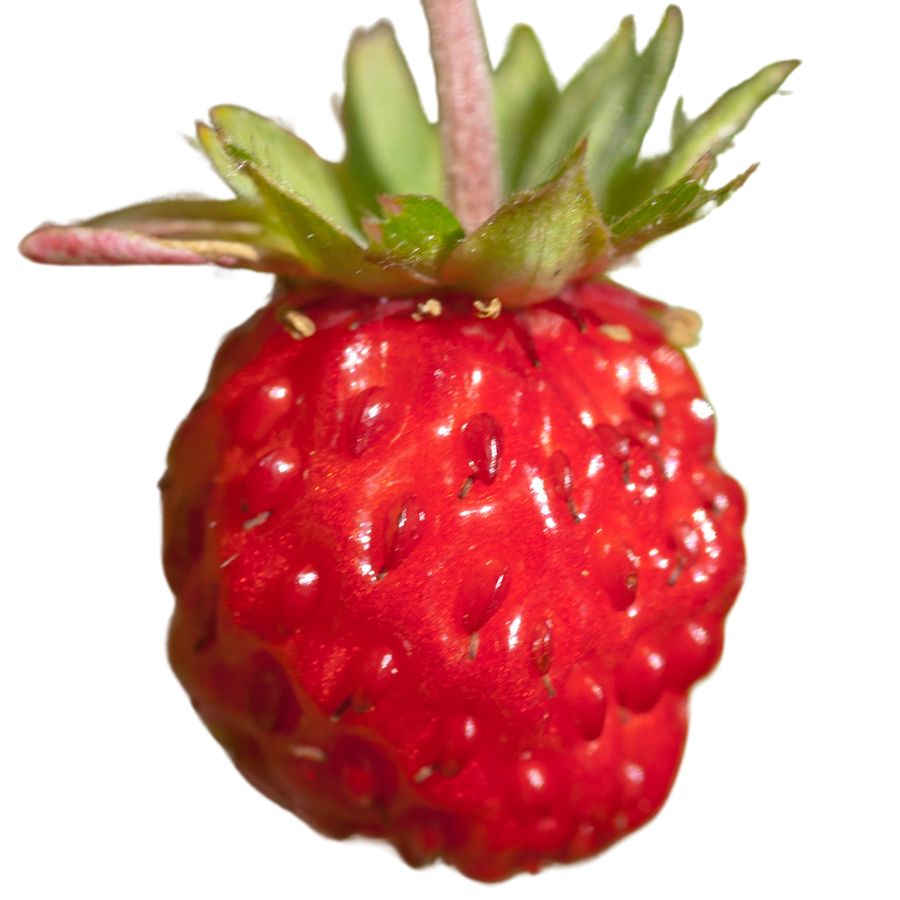
The wild strawberry has five-petaled white flowers and small red fruits that grow close to the ground on thin runners. Its toothed leaves grow in groups of three and are often mistaken for similar-looking plants like mock strawberry, which has yellow flowers and bland, dry fruit.
You can eat the ripe fruit, which has a sweet, concentrated strawberry flavor with a soft, juicy texture. Some people dry or freeze the berries, while others mash them into jam or cook them down into syrup.
The leaves and stems aren’t toxic, but they aren’t typically eaten either. Only the fruit is considered edible and worth harvesting.
Wild strawberries have limited commercial value because they’re small and delicate, but their taste is considered better than many store-bought varieties. That makes them popular in niche markets like gourmet preserves and foraged produce boxes.
Prairie Turnip (Pediomelum esculentum)
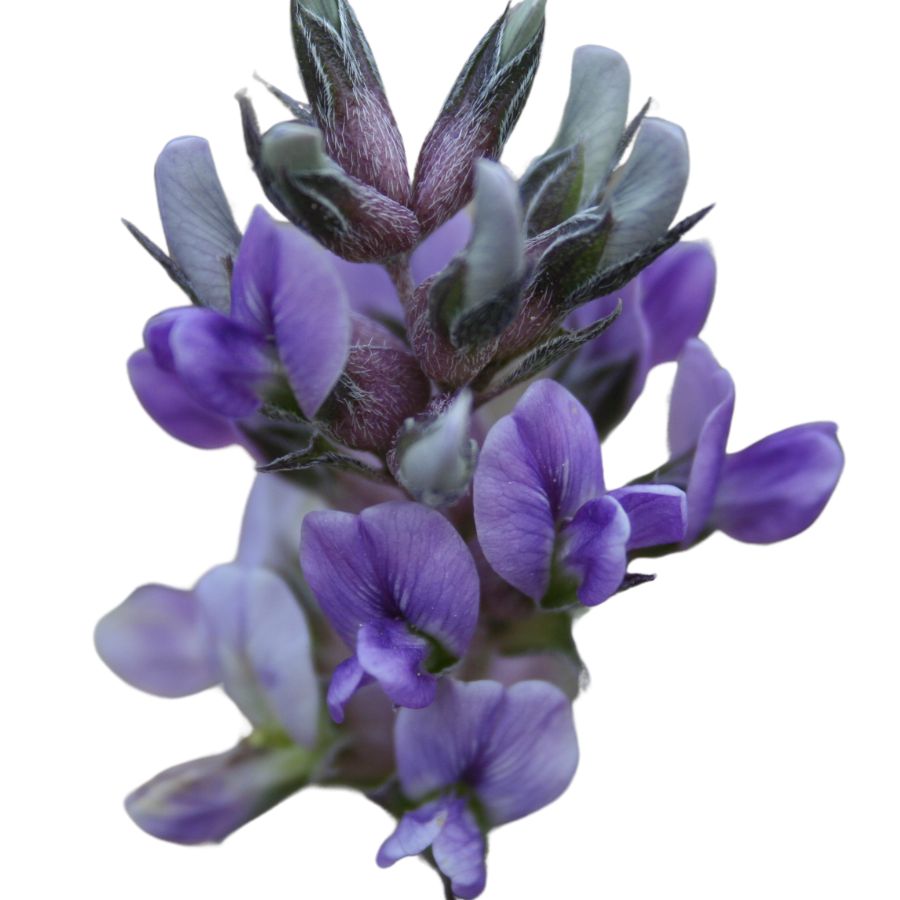
The prairie turnip is a wild edible root that was once a staple for many Indigenous communities on the Great Plains. You’re looking for a small, bushy plant with bluish-purple flowers and deeply divided leaves that resemble parsley.
Only the underground tuber is edible, and it’s usually dug up and either eaten raw, roasted, or dried for storage. The raw root is starchy and slightly sweet, but when cooked it softens and tastes more like a mild potato with a nutty finish.
It can be confused with similar-looking legumes that grow in dry prairies, but those usually lack the thickened, edible root and can have bitter or even mildly toxic parts. Make sure the plant has the fleshy, fibrous-skinned tuber before collecting it.
Dried prairie turnips were once carried as travel food and can last for months when stored properly. Today, they’re rarely sold commercially, but in niche markets or specialty food sales, a small batch of dried roots can fetch a surprisingly high price per pound.
Treacleberry (Maianthemum racemosum)

Treacleberry, also called false Solomon’s seal or feathery false lily of the valley, produces clusters of white flowers that mature into speckled red berries. The berries are edible when fully ripe, though the flavor is mild and mealy, not especially sweet.
The young shoots can be cooked and eaten like asparagus, but only when they’re tender and tightly coiled. Once the leaves start to unfurl, the plant becomes too fibrous to be enjoyable.
It’s important not to confuse treacleberry with true Solomon’s seal, which grows with flowers hanging beneath the stalk instead of in a feathery plume at the tip. True Solomon’s seal has blue berries that aren’t edible.
The ripe berries are sometimes dried for later use or cooked into jams, though they’re not widely sold and don’t have much commercial value. What makes the plant valuable is its versatility—both the berries and early shoots are edible, and it grows across a wide range of environments.
Where to Find Valuable Forageables in the State
Some parts of the state are better than others when it comes to finding valuable wild plants and mushrooms. Here are the different places where you’re most likely to have luck:
| Plant | Locations |
| Morel Mushroom (Morchella spp.) | – Fontenelle Forest – DeSoto Bend Wildlife Management Area – Standing Bear Lake Recreation Area |
| Chicken of the Woods (Laetiporus sulphureus) | – Niobrara State Park – Ponca State Park – Indian Cave State Park |
| Elderberry (Sambucus canadensis) | – Platte River State Park – Merritt Reservoir State Recreation Area – Niobrara River Valley Wildlife Management Area |
| Black Walnut (Juglans nigra) | – Mahoney State Park – Indian Cave State Park – Ponca State Park |
| American Plum (Prunus americana) | – Hitchcock Nature Center – Niobrara State Park – Wildcat Hills State Recreation Area |
| Chokecherry (Prunus virginiana) | – Eugene T. Mahoney State Park – Chadron State Park – Valentine National Wildlife Refuge |
| Jerusalem Artichoke (Helianthus tuberosus) | – Fort Robinson State Park – Niobrara State Park – Crescent Lake National Wildlife Refuge |
| Stinging Nettle (Urtica dioica) | – Ponca State Park – Platte River Wildlife Management Area – Fremont Lakes State Recreation Area |
| Lamb’s Quarters (Chenopodium album) | – Mahoney State Park – Platte River State Park – Cottonwood Lake State Recreation Area |
| Curly Dock (Rumex crispus) | – Lake McConaughy State Recreation Area – Chadron State Park – Niobrara State Park |
| Wild Mint (Mentha arvensis) | – Ponca State Park – Platte River State Park – Wildcat Hills State Recreation Area |
| Sunflower (Helianthus annuus) | – Fort Niobrara National Wildlife Refuge – Fort Robinson State Park – Nebraska National Forest – Bessey Ranger District |
| Cattail (Typha latifolia) | – Lake McConaughy State Recreation Area – Branched Oak State Recreation Area – Fort Niobrara National Wildlife Refuge |
| Wild Strawberry (Fragaria virginiana) | – Fontenelle Forest – Niobrara State Park – Chadron State Park |
| Prairie Turnip (Pediomelum esculentum) | – Valentine National Wildlife Refuge – Fort Robinson State Park – Nebraska National Forest – Bessey Ranger District |
| Treacleberry (Maianthemum racemosum) | – Ponca State Park – Fontenelle Forest – Indian Cave State Park |
When to Forage for Maximum Value
Every valuable wild plant or mushroom has its season. Here’s a look at the best times for harvest:
| Plants | Valuable Parts | Best Harvest Season |
| Morel Mushroom (Morchella spp.) | Fruiting bodies (mushrooms) | April – May |
| Chicken of the Woods (Laetiporus sulphureus) | Fruiting bodies (mushrooms) | June – August |
| Elderberry (Sambucus canadensis) | Flowers, berries | May – September |
| Black Walnut (Juglans nigra) | Nuts | September – October |
| American Plum (Prunus americana) | Fruits | August – September |
| Chokecherry (Prunus virginiana) | Fruits | July – August |
| Jerusalem Artichoke (Helianthus tuberosus) | Tubers | October – December |
| Stinging Nettle (Urtica dioica) | Young leaves | April – June |
| Lamb’s Quarters (Chenopodium album) | Young leaves, seeds | May – September |
| Curly Dock (Rumex crispus) | Young leaves, seeds | March – August |
| Wild Mint (Mentha arvensis) | Leaves, flowering tops | June – August |
| Sunflower (Helianthus annuus) | Seeds, immature flower buds | June – September |
| Cattail (Typha latifolia) | Shoots, flower spikes, pollen, rhizomes | April – November |
| Wild Strawberry (Fragaria virginiana) | Fruits | May – June |
| Prairie Turnip (Pediomelum esculentum) | Root tubers | June – July |
| Treacleberry (Maianthemum racemosum) | Young shoots, berries | April – August |
One Final Disclaimer
The information provided in this article is for general informational and educational purposes only. Foraging for wild plants and mushrooms involves inherent risks. Some wild plants and mushrooms are toxic and can be easily mistaken for edible varieties.
Before ingesting anything, it should be identified with 100% certainty as edible by someone qualified and experienced in mushroom and plant identification, such as a professional mycologist or an expert forager. Misidentification can lead to serious illness or death.
All mushrooms and plants have the potential to cause severe adverse reactions in certain individuals, even death. If you are consuming foraged items, it is crucial to cook them thoroughly and properly and only eat a small portion to test for personal tolerance. Some people may have allergies or sensitivities to specific mushrooms and plants, even if they are considered safe for others.
Foraged items should always be fully cooked with proper instructions to ensure they are safe to eat. Many wild mushrooms and plants contain toxins and compounds that can be harmful if ingested.

